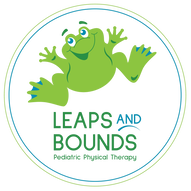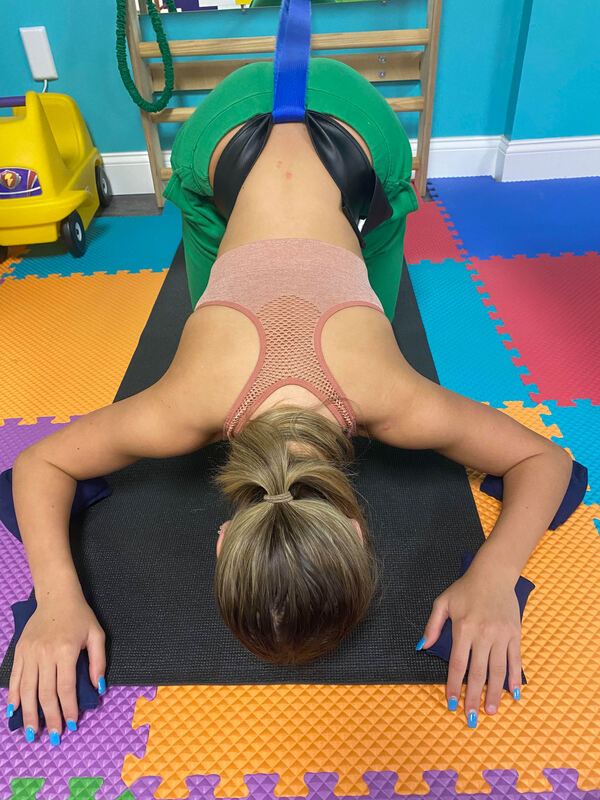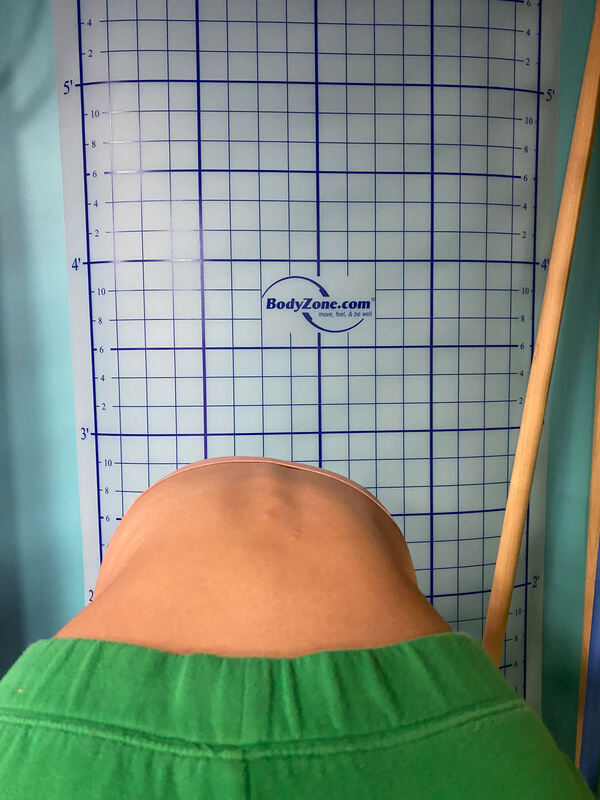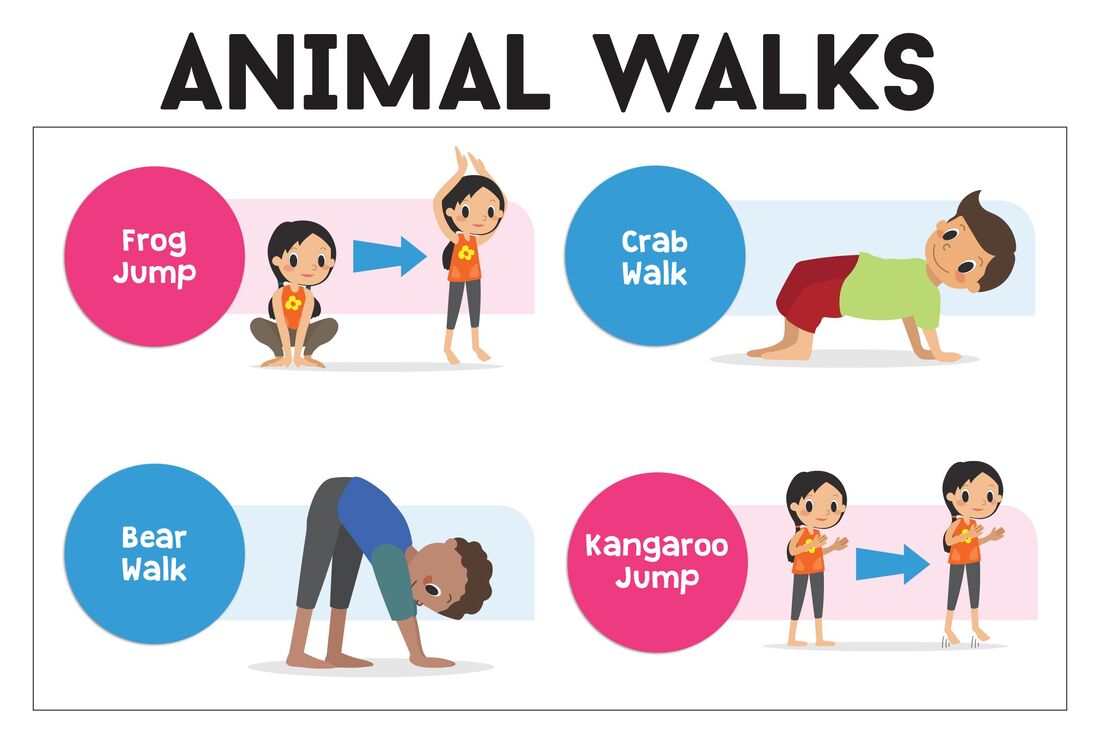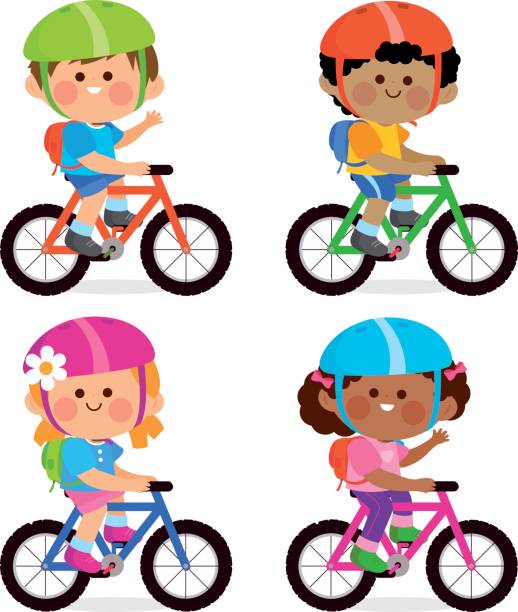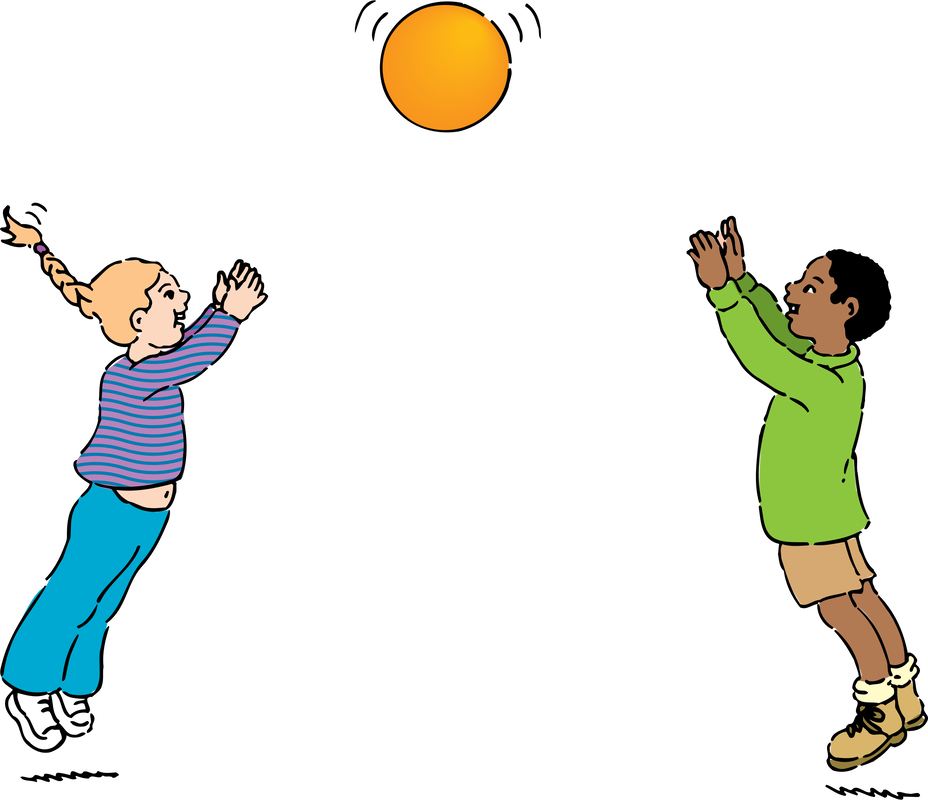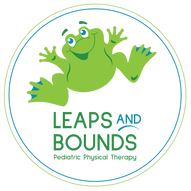|
In this blog post, Dr. Lindsey will delve into what the Schroth Method is, how it works, and its benefits for patients with Adolescent Idiopathic Scoliosis (AIS). Adolescent Idiopathic Scoliosis (AIS) is a common spinal condition that affects many adolescents as they grow. The Schroth Method is a specialized physical therapy approach that offers promising results in managing AIS. In this blog post, we will delve into what the Schroth Method is, how it works, and its benefits for patients with AIS. What is the Schroth Method? The Schroth Method is a non-surgical, exercise-based approach designed to address the postural imbalances and spinal curvature associated with Adolescent Idiopathic Scoliosis. Named after its founder, Katharina Schroth, this method emphasizes a series of tailored exercises and techniques that target muscle imbalances, improve posture, and help slow the progression of the spinal curve. 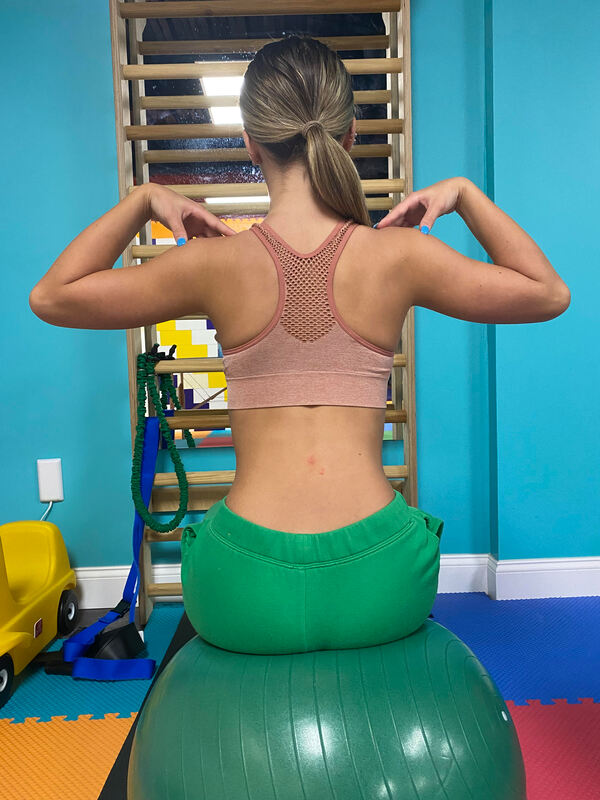 How Does the Schroth Method Work? The Schroth Method employs a comprehensive three-dimensional approach, focusing on the correction of spinal alignment in all three planes: frontal, sagittal, and transverse. Here's a breakdown of its key components: 1. Postural Awareness: Patients are educated about their unique spinal curvature and taught to become aware of their posture in daily activities. 2. Breathing Techniques: Specific breathing exercises are used to expand the lung volume, increase rib mobility, and facilitate postural correction. 3. Isometric and Isotonic Exercises: Targeted exercises are tailored to strengthen the weak muscles and elongate the tight muscles, thereby improving overall spinal balance. 4. 3D Postural Corrections: Exercises involve movements that counteract the spinal deformity in all three dimensions, promoting spinal elongation and alignment. 5. Individualized Approach: The Schroth Method recognizes that each patient's scoliosis is different. As a result, exercise programs are personalized to the patient's unique spinal curvature and imbalances. Benefits of the Schroth Method: 1. Curve Progression Management: The Schroth Method aims to slow or even halt the progression of spinal curvature, reducing the need for surgical intervention. 2. Improved Posture: Patients learn how to maintain a more balanced posture, which can lead to reduced pain and discomfort. 3. Enhanced Quality of Life: By improving spinal alignment and muscle imbalances, patients often experience better overall function and mobility. 4. Empowerment: The Schroth Method empowers patients by giving them an active role in managing their condition through exercises and postural awareness. 5. Non-Invasive: Unlike surgery, the Schroth Method is a non-invasive approach that carries fewer risks and complications. The Schroth Method offers a holistic approach to managing Adolescent Idiopathic Scoliosis. By focusing on postural awareness, breathing techniques, and customized exercises, patients can experience improved spinal alignment, reduced pain, and a better quality of life. If you or a loved one has AIS, consider consulting a healthcare professional experienced in the Schroth Method to explore its potential benefits as part of your treatment plan. Always remember, early intervention and proactive management are key to achieving the best outcomes. To make an appointment at any of our locations please call,
NY: 718-477-1911 NJ: 732-479-2474 Dr. Brianna is calling all youth baseball players, parents, |
WelcomeWelcome to the Leaps and Bounds Blog page where you can find helpful parent information, tips and other topics of interest. Check back monthly for new entries and be sure to send us a message if there are any topics you'd like to learn more about! Archives
July 2024
Categories |
|
Insurance Based Pediatric Outpatient Rehabilitation
|
LOCATIONSSOUTH SHORE COMMONS
2955 Veterans Road West Staten Island, NY 10309 (718) 477-1911 RICHMOND AVENUE 1550 Richmond Avenue Staten Island, NY 10314 (718) 313-4743 NEW JERSEY 670 N. Beers Street (Unit 1) Holmdel, NJ 07733 (732) 479-2474 |
About Us Physical Therapy Services Schroth Treatment Dynamic Movement Intervention Continuing Education Join Our Team! Blog Contact Us © COPYRIGHT 2015. ALL RIGHTS RESERVED.
|
